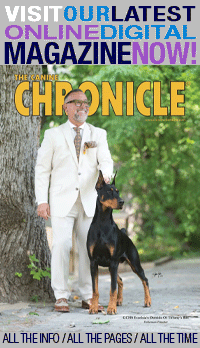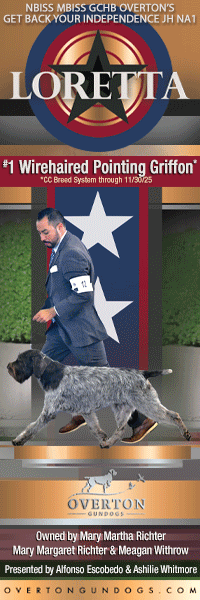Australia Changes Import Fees As Of July 1, 2014

By Pilar Kuhn
If you’ve ever chatted with a fellow dog breeder in Australia, you’ll know that they go to great lengths to acquire good stock from around the world. An island and a continent, Australia has a history of extremely strict rules regarding quarantine. There have been significant changes over the years, but this year presents major changes. And with those major changes, comes a major hike in fees, angering many Aussies.
Once a six-month quarantine period, Australia eventually lowered their timeframe to thirty days in actual quarantine upon arrival into the country. In February of this year, an animal must spend a mere ten days upon arrival. Initially, the shorter time frame excited many dog breeders and owners. However, the Department of Agriculture also announced that fees would be changing sooner than later. As of July 1, 2014, fees for import permits for both live animals and frozen semen, stays in quarantine, and grooming time increases 281%. Once a country known for criminals and for those guarding the criminals, today’s Aussies feel that this move is back to the country’s roots – downright criminal.
The Australian government’s response to many inquiring citizens noted that fees were last adjusted in 2009. What doesn’t make sense is that with the shorter time in quarantine, more animals could process through the same spaces, tripling their numbers and dollars. Now, the price increase makes it more expensive to have a dog in quarantine for ten days than it had been for thirty, making it an exponential increase in hopeful revenue for the Australian Department of Agriculture.
Another change that doesn’t sit well with our colleagues down under is the removal of visitation rights. Previously, owners could visit their dogs in quarantine and groom them during their month’s stay. The Australian government now believes that with the shorter time frame an animal is in quarantine, their resources need to go toward keeping the animals rather than processing and supervising visiting hours. However, if a person writes and requests special visitation for grooming, they can possibly come onsite to groom their animal, but the charges are astronomical. Per the Australian government, “The supervisory charges will be $80 for the first half hour and $40 for each quarter hour thereafter.” Any coated breed takes at least an hour to an hour and a half to bathe, dry, and comb out completely. Some take longer. So for one hour of grooming it will cost a person $160 AUD.
How do these changes affect animals departing from the United States? Crates no longer have to be sealed by the USDA thus lowering the amount charged by the USDA and it also opened up two additional days for possible departure. Previously, animals could only depart on Mondays through Wednesdays in order to accommodate crate sealing and to arrive on Wednesdays through Fridays because of the USDA and Australian workdays. Now, animals can depart the U.S. Saturdays through Wednesdays, if all paperwork is in order, paperwork is signed prior to departing, the export agent agrees to handle the dog over the weekend, and the airlines have the room to accommodate the animals in cargo.
Aussies are willing to shell out a pretty penny for quality stock. If you are one of the breeders fortunate to have such a buyer, the rules and regulations are spelled out on the Australian Department of Agriculture’s website with regards to the timelines of required tests, vaccinations, and treatments. The shorter time in quarantine will more than likely increase the number of animals entering quarantine, so please keep in mind that any hitch in the paperwork process can cause a longer delay waiting for a new slot to open up for the incoming dog. The ultimate responsibility for having all the i’s dotted and the t’s crossed is the individual in charge of the dog domestically before crossing the ocean. It’s hard for Aussies to be so far away and trust folks to do all the requirements, especially when it is a six-month requirement for the rabies titer test, and then within the last forty-five days, there are additional vaccinations, blood tests, and parasite treatments required to insure smooth paperwork processing at the USDA and shipping with the airline.
Any Aussie that commits to importing a dog means business. It’s too costly to be “willy nilly” about it, otherwise. And finding a good export agent or agency to work with also helps the process, but it is nerve wracking on all parties from start to finish. The ultimate reward is when the dog leaves quarantine happy, healthy, and into the hands of the person who has waited months and months for their dog to hit the Land Down Under.
Short URL: http://caninechronicle.com/?p=49984
Comments are closed











